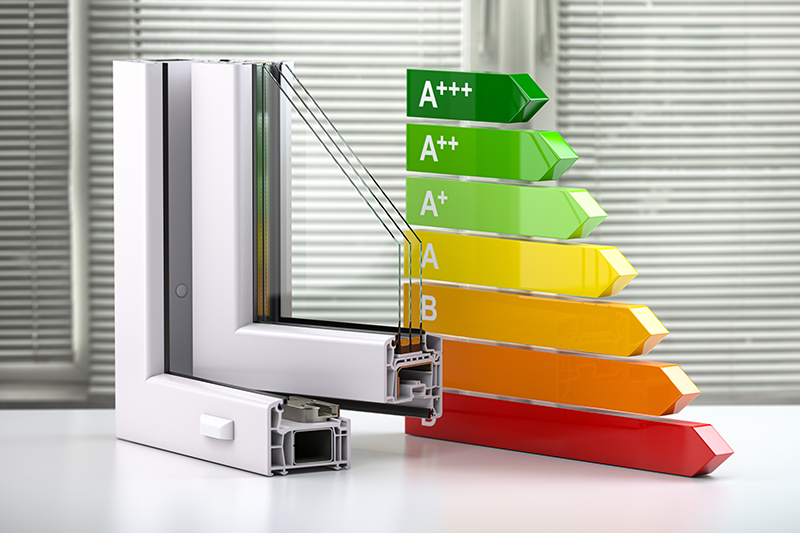Staying current with energy codes?
What to know and how to prepare for what's next

Energy codes and standards continue to advance in stringency as they move toward net-zero energy. This places a greater demand on better-performing fenestration products. It can be overwhelming to stay current on the governing codes of each state or city.
Model Energy Codes are driving towards net-zero
National model energy codes, the International Energy Conservation Code (IECC) and ASHRAE 90.1 are updated on a three-year cycle. The 2024 IECC is in the final stages of cleanup before publication expected to be by the end of the year. These model codes must be adopted by authorities having jurisdiction and some states are fast adopters while others are slow, as indicated on the map by the U.S. Department of Energy Building Energy Codes Program.
Energy codes include different compliance paths, establishing prescriptive criteria for maximum fenestration U-factors; whereas performance compliance allows component trade-offs and demonstration using computer simulation. The model energy codes are driving toward net-zero with incremental improvements to fenestration U-factors. The 2024 IECC includes new energy credits for high-performance fenestration having U-factors lower than the main code.
Stretch Code U-factor requirements will drive curtain wall performance
Besides the model energy codes, many states and municipalities are allowed to adopt a local stretch or reach code beyond the base energy code. These stretch codes can be very technical and complex with aggressive requirements on windows and curtainwall. As examples:
- The 2023 Massachusetts Stretch Code released July 1, 2023, a U-factor of 0.25 can be required when the Window Wall Ratio (WWR) exceeds 30% or 40%. This will drive high-performance curtain wall and window wall products.
- The 2021 Seattle Energy Code is expected to be adopted by 2024 and includes a requirement for no less than 20% of the fenestration to be high-performance. These aggressive requirements will require advanced thermally broken frames with double low-emissivity insulating glass or more likely triple-insulating glass.
- There are many other local energy codes; to name a couple, the New York Stretch Energy Code 2023, expected to be released soon, and California Title 24.
Manufacturers often rely on local team members, glazing subcontractors and industry experts for help in keeping up to date on the local energy codes.
Industry members can provide specification support for architects
Project specifications should reflect the U-factor upon which the building permit application was based. As fenestration experts, manufacturers and glazing subcontractors can work with the design team to help them select the appropriate product for compliance. With the broad selection of glass and framing options available in the market, the manufacturer can assist with thermal simulations for assembly energy performance. The need for triple-insulating glass requires special consideration to be given to the added weight for operable vents and the handling of units during installation. It’s also critical that budget expectations be discussed earlier for potential increased product cost.
It's a busy time with new code updates. With the aggressive drive for energy performance, it will be interesting to see how quickly the industry can react with innovative products to continue to provide solutions for daylighting and views in building design.


